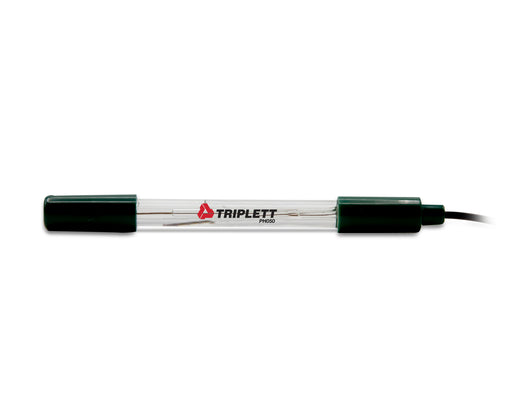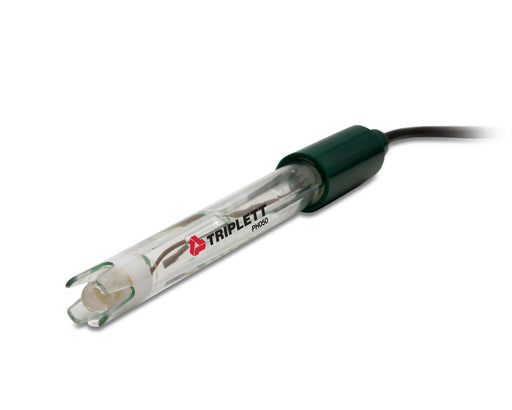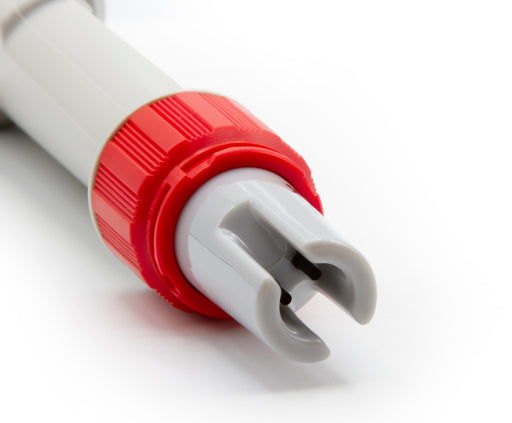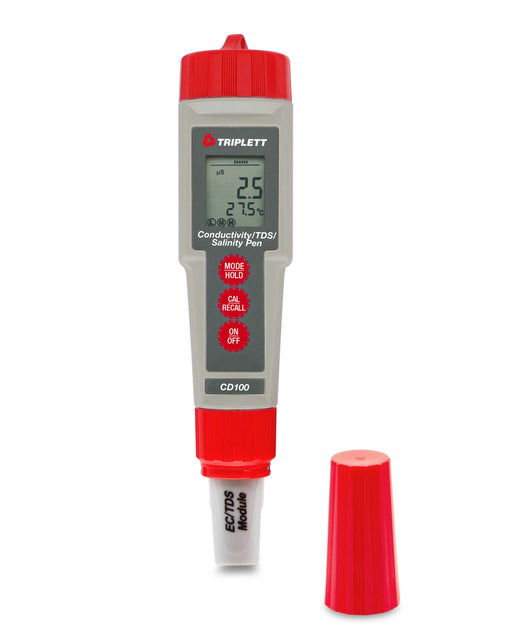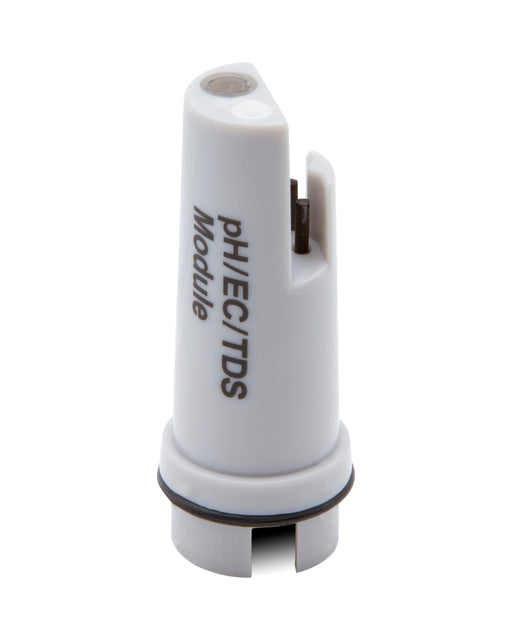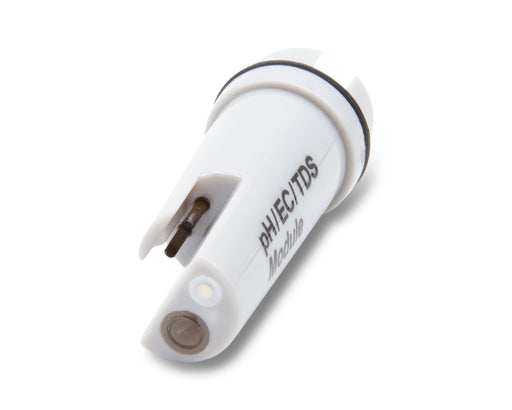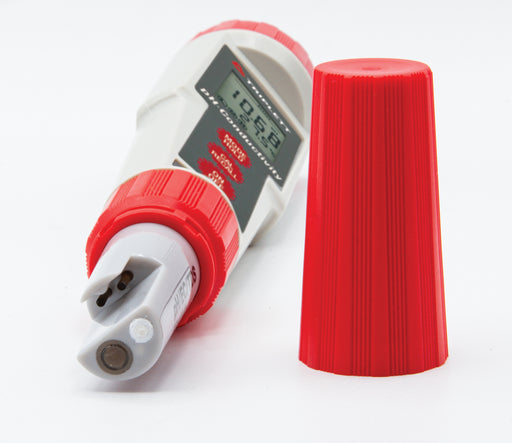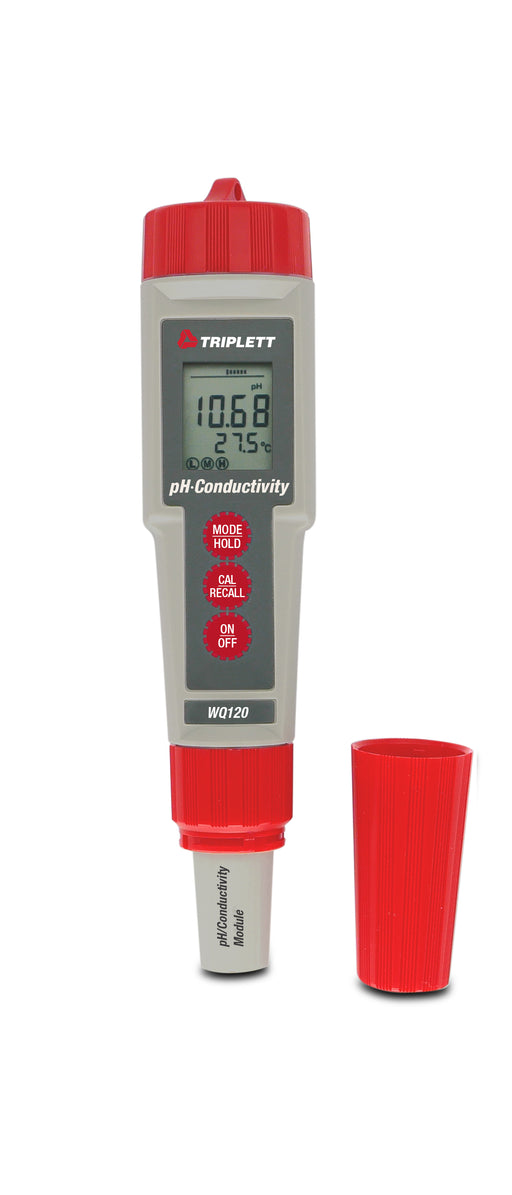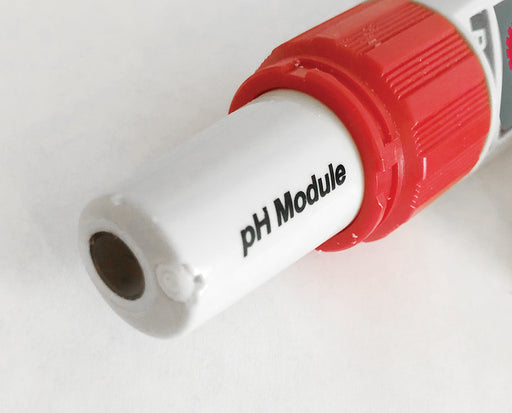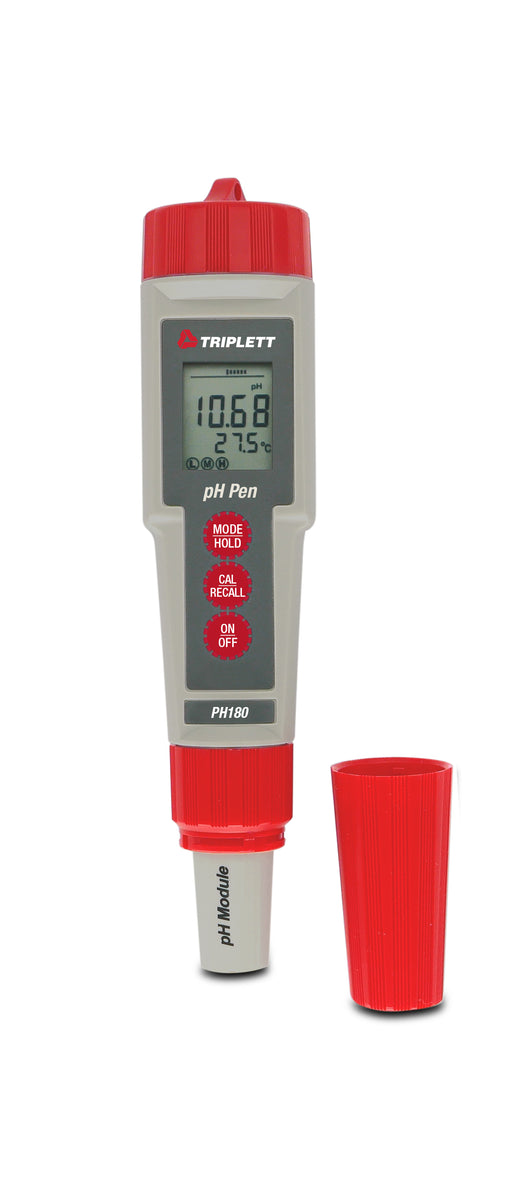Know More About Triplett PH and Conductivity Meters
What is conductivity and pH?
Hydrogen ion concentration or pH is a term used to define the hydrogen-ion activity of a system. This chemical activity allows us to determine, for example, the acidity (0-6 pH) or alkalinity (8-14 pH) of a solution (pH of 7 is neutral). The conductivity range is from 0-200µS, 200-2000µS, 2-20mS (0.1µS) for most models. pH and conductivity measurement are related in terms of measuring the quantity of ions in a given sample. So, electrical conductivity is the measurement of all the positive as well as negative ions, while pH measurement comprises hydrogen ions. We offer pH and conductivity probe with the capability of measure a variety of other parameters.
Applications of pH and Conductivity Meters
pH and conductivity meters are used in environmental monitoring. They can be used to monitor the quality of drinking water, to monitor the success of water treatment plants, or to monitor the health of rivers and lakes. pH and conductivity meters can also be used in agricultural settings, to monitor the quality of irrigation water or to monitor the success of crop treatments. The other applications of the device include;
- Aquarium and Aquaculture: Monitoring water quality is essential for the health and well-being of your fish and plants in aquarium and aquaculture system. pH and conductivity meters are essential tools for monitoring and maintaining water quality as these meters provide quick and accurate measurements of pH, conductivity, and temperature, allowing you to keep your water quality within the optimal range for your fish and plants.
- Boiler Feed Water Treatment: Conductivity and pH meters are essential tools in boiler feed water treatment. By measuring the conductivity and pH of the water, treatment plant operators can make adjustments to the boiler feed water to ensure it is within the correct range. This helps to prevent boiler corrosion and scale formation, which can lead to expensive repairs or even plant shutdown.
- Pools and Spas: pH and conductivity meters are essential for ensuring that pools and spas are safe and enjoyable for all. There are many different applications for pH and conductivity meters in pools and spas. For example, you can use them to test the water's pH before adding chemicals, or to make sure the water is properly balanced after adding chemicals.
- Food and Beverage: pH and conductivity meters are used in the food and beverage industry, including quality control, product development, and process optimization. They are commonly used to measure the acidity of juices, dairy products, and other food products. They can also be used to measure the level of dissolved ions in beer, wine, and other beverages. In addition, pH and conductivity meters are often used to optimize food and beverage processes, such as fermentation and pasteurization.
How does a pH and conductivity meter work?
Electrical conductivity is measured with the help of electrodes on the probe. They are submerged in the fluid and current is passed through it. With this, the concentration of all types of ions can be determined. There is a pH meter or electrode which is dipped in a buffer solution which works as a reference point. All this is measured digitally and displayed on the screen.
Can a pH meter measure conductivity?
Yes, a pH meter can measure conductivity and many other parameters such as salinity, TDS, temperature, and so on. This is possible, as most models of our pH meters work as multimeters and are programmed to measure all of these factors in standard units. You can choose the units to suit your application preferences and set the probe output accordingly.
How does a conductivity meter work?
This measures electrical conductivity and is most often combined as pH and conductivity probe. For some applications, both pH and total ion concentration are required as process parameters. Most models we offer have an accuracy rate of ±2% FS.
What is the principle of a pH meter?
Any solution or fluid with more number of H+ ions than OH- ones would be acidic, while the one with OH- ions in majority is alkaline. When both the ranges are almost equal the solution is said to have a neutral pH of 7. While this pH value can be tested with simple pH paper strip, for more accurate outputs pH meters are used, especially in manufacturing units. While a regular pH meter measures the hydrogen ion concentration, a pH and conductivity probe measures the differential value, which separates the hydrogen ions from the total ions.
What is pH meter calibration?
pH meters need to be calibrated on a timely basis or after each day’s use to maintain accuracy. This is done by preparing three different buffer solutions- acidic with pH 4, neutral with pH 7, and alkaline with pH 9.2. Check the manufacturer’s instruction manual for the standard procedure. The probes must be calibrated at room temperature or round 25 degrees Celsius. Dip the pH electrode in each solution. However, as a rule start with neutral pH. Measure the temperature of the solution and that of the knob. Activate the function switch for pH and adjust the calibration control to pH 7. Set the function switch on standby mode. Now remove the electrode and use distilled water to wash it. Repeat this process for calibrating acidic and then basic pH values.
Browse More Building, Maintenance & Environmental Collections
Inspection & Laser Distance Meters:
| Borescope Inspection Camera | Photo & Contact Tachometers |
| Manometers | Laser Distance Meters |
Gas Meters:
| Natural Gas Detector and Pen | Formaldahyde Meters | Co & Co2 Meters |
Environmental Meters:



